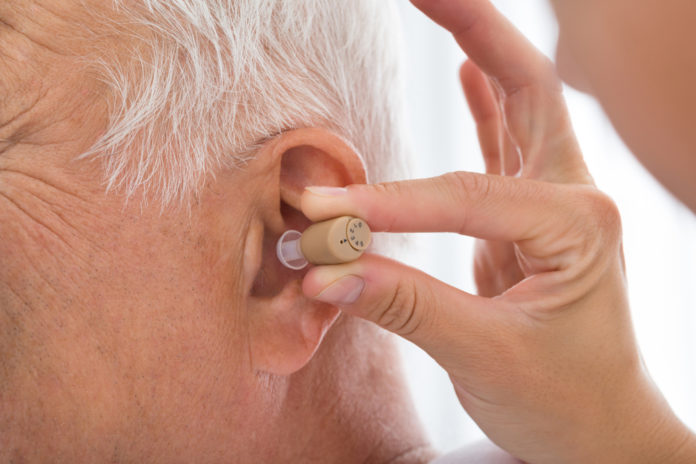According to the Hearing Loss Association of America, approximately 20 percent of Americans report some degree of hearing loss. It is a major public health issue, even ranking third on the most common physical condition after arthritis and heart disease. While there are numerous causes, hearing loss due to age is prominent, with one out of every three people having hearing loss after age 65. So as the senior population grows and hearing loss becomes more prominent, learn how to identify, treat, and prevent it.
The Types of Hearing Loss
Hearing loss comes in varying forms and has different causes, along with ranging from a mild loss to a total loss of hearing. Mostly, there are three types of hearing loss:
1. Conductive Hearing Loss
Conductive hearing loss is related to problems of the ear canal, ear drum, or middle ear and its associated bones. Causes of conductive hearing loss include malformations, infections, allergies, tumors, otosclerosis, and impacted earwax.
2. Sensorineural Hearing Loss
Also known as nerve-related hearing loss, sensorineural hearing loss (SNHL) relates to problems of the inner ear. Mostly, hearing loss due to old age is called SNHL, but may also be caused by noise exposure, head trauma, family history, and tumors.
3. Mixed Hearing Loss
Mixed hearing loss is a combination of conductive and sensorineural hearing losses, meaning there may be damage in the outer or middle ear and in the inner ear or auditory nerve.
Symptoms and Prevention of Hearing Loss
The Hearing Loss Association of America suggests it takes people an average of seven years from the time they think they have hearing loss to the time they actively seek treatment, posing the significance of understanding and recognizing hearing loss. And while the symptom of hearing loss is obvious, there are additional factors that can ensure you have difficulty hearing. For instance, you may need people to repeat what they say, think others mumble, and have difficulty hearing on the phone or an alarm clock. Additional situations include being embarrassed to discuss possible hearing loss, anxious to participate in social settings, and even cutting out activities you once enjoyed. It is also important to recognize such symptoms and considerations to detect if someone you know is experiencing hearing loss.
Though some factors are unmodifiable, such as family history and age, there are preventative measures to reduce the risk of hearing loss. People of all ages are encouraged to protect the ears against loud noises, as noise-induced hearing loss is completely preventable. Certain types of medications and pollutants can also compromise hearing, encouraging individuals to consult with their primary care physicians and reduce toxic exposures.
Treating and Coping with Hearing Loss
Treatment options and recommendations depend on the type and cause of hearing loss, though managing the underlying condition, medications and surgeries, and utilizing hearing aids and other assistive devices. Additionally, when treating mixed hearing loss, audiologists recommend taking care of the conductive component first, though there is still great emphasis to treating medically if or as needed.
It is also imperative to accept the reality of hearing loss and learn how to communicate as effectively as possible, including communication with a person who has hearing loss or interacting with hearing people as a person with hearing loss. While living with hearing loss is variable, common themes include showing and demonstrating empathy, aiming to remain as positive as possible, minimizing situational barriers, and paying attention and increasing concentration. You also do not have to face hearing loss alone. By joining the Hearing Loss Association of America (HLAA), you can talk with others also experiencing hearing loss, learn positive coping strategies, obtain invaluable resources and tools, and discover the latest technology regarding hearing assistive devices.






